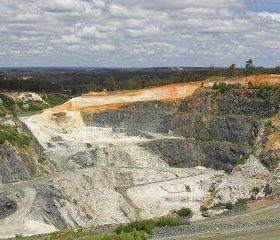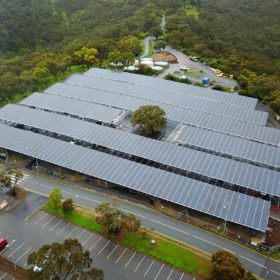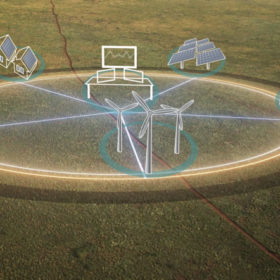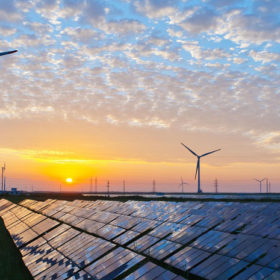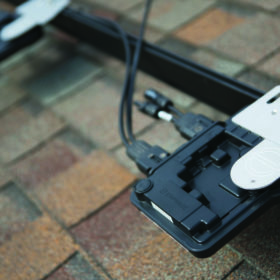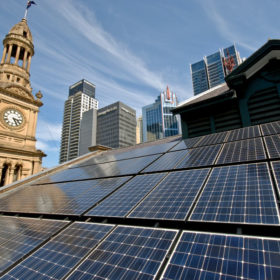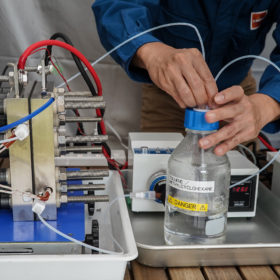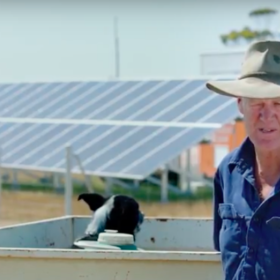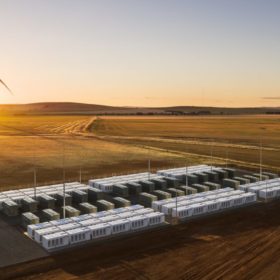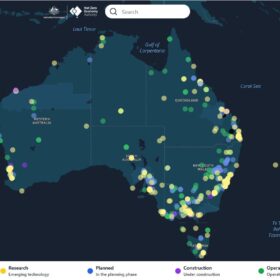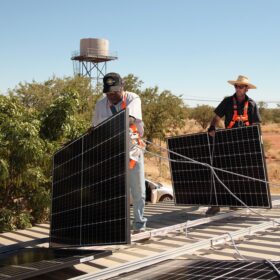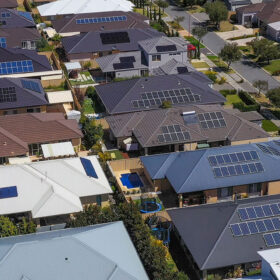WA battery research facility secures $25m of federal funding
The Perth-based Future Battery Industries Cooperative Research Centre (FBICRC) will address industry-identified gaps in the battery industry value chain, support battery deployment and optimise the circular economy for battery recycling.
Victorian government to cap solar rebates in response to overwhelming interest
Due to the immense success of the program — and with rebates now almost fully subscribed — Solar Victoria will accept a final 2,000 applications before the end of June, the state government has announced. New solar rebates will be available in the next financial year.
Flinders University to roll out more solar on rooftops, shelters and walkways
Building on its existing PV fleet, South Australia’s Flinders University has announced a fresh investment of $1.45 million to source one-third of its electricity needs from solar.
AEMO’s VPP integration trial, decentralized energy exchange secure funding
The Australian Renewable Energy Agency (ARENA) will underpin two innovative distributed energy projects – a trial to integrate a virtual power plant into the National Energy Market and a digital marketplace for grid services provided by rooftop solar arrays, batteries and EVs owned by Australian homes and businesses.
2018 smashed renewables records across the board, CEC finds
A new report from the Clean Energy Council confirms 2018 shattered all records in terms of investment in renewables and capacity additions. The CEC finds that more than 2.3 GW of new renewable energy projects were completed in 2018. Both large-scale and rooftop solar experienced their best ever year.
Victoria to make smart inverters mandatory for Solar Homes
Following the decision to require retailers taking part in the Solar Homes program to be signatories to the Clean Energy Council’s Solar Retailer Code of Conduct, the Victorian government has set specific requirements for inverters that will be installed under the program.
City of Sydney sets 100% renewables target
With solar panels already installed on dozens of its buildings, the City of Sydney has upped the ante with the goal to source 100% of its electricity needs from solar PV and wind. The commitment has been endorsed by Council this week, and a new 100% renewable electricity contract will be negotiated in the coming months.
Queensland sends first green hydrogen shipment to Japan
Green hydrogen has been exported from Australia to Japan, under a trial executed by researchers from JXTG, Japan’s largest petroleum conglomerate, using Queensland University of Technology’s cutting-edge solar cell facility at the Redlands Research Facility on the Gold Coast. On top of that, the Queensland government has announced $250,000 in funding towards the establishment a renewable hydrogen production pilot plant.
Government unveils $50 million pot to power remote communities
The Coalition government has announced funding to support up to 50 off-grid and fringe-of-grid feasibility studies investigating whether building a microgrid can be a cost-effective solution. The studies will also look at whether existing off-grid capabilities can be upgraded with more up-to-date technology.
Strong support for South Australia’s 100% renewables target
New polling from The Australia Institute shows that almost 70% of South Australian voters regardless of political leanings want to see the state transition to 100% renewable energy by the year 2030.
